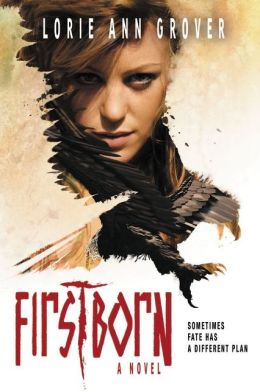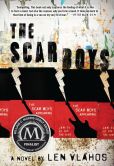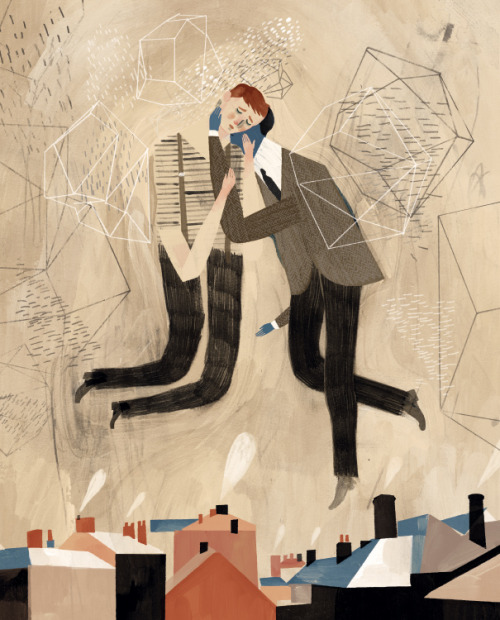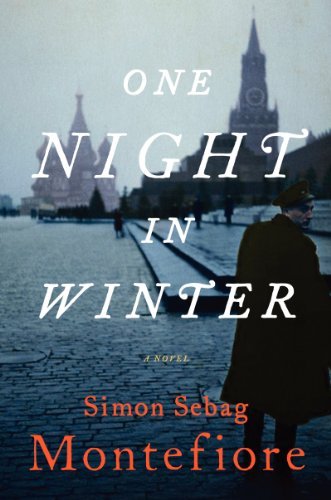
I would love to hear what male readers think of
FIRSTBORN - a book about gender roles, genocide, and honor.
In her latest novel, Lorie Ann Grover explores what it takes for a
young woman to survive in a war-torn world where she has been forced to
live as a male her entire life. In this society, when a couple's
firstborn is a son, everyone rejoices; but when the firstborn is a
daughter, she is left to die in the wild - that is, unless the parents
choose to raise her as a male. If that is the case, they must enforce
all of the gender-based rites upon her (him) as the child grows up.
Though, thankfully, the child does not endure surgery at birth or
thereafter, s/he is expected to suppress all feminine traits and to
dress, act, and live as a male. The child must follow all gender-based
rules and initiations, including serving their country for a year, and
s/he will never be allowed to marry or have children.
Tiadone, the protagonist of
FIRSTBORN,
has
accepted her fate without question. Or, at least, always keeping those
questions and concerns to herself. She lost her mother in childbirth and
was raised by her father, a man she truly loves and admires. When she
is the age to undergo initiation and soldier on, she is happy that her
best friend, Ratho, is by her side. But when their friendship - and
Tiadone's heart - is tested, things are thrown into a whirlwind.
Luckily,
Tiadone also has Mirko, a beautiful bird that grows with her. In this
novel, all of the children are given an egg at birth which hatches
shortly before their initiation and serves as a hybrid
protector-confidant-partner until the human has completed their required
time serving in the military and it is time for them to separate. With
this relationship and connection, the rapion is similar to the
dæmons in
Philip Pullman's His Dark Materials,
but without the shapeshifting or the speech. Instead, the winged ones
communicate through gestures and movements, and they become extremely
attuned to their person. While the other birds are silent, Mirko has the
gift of song, which only sets Tiadone further apart from the others.
Mirko is easily my favorite supporting character in the novel. Without
ever uttering a word of English, he is able to communicate everything he
needs to through a flick of his tail or a nod of his head, and it is
clear that he understands every single word Tiadone says. He has a sassy
streak that makes her laugh and he always encourages her to follow her
heart and be brave.
Lorie Ann Grover has created a remarkable
story. Tiadone's people, the R'tan, are governed by the Madronians,
forced to follow their rules and share their beliefs, and this
oppression parallels Tia's own. On her journey, which is just as
emotional and internal as it is literal and physical, she pushes herself
to the limit and embraces who she really is, inside and out, on her own
terms. Tiadone often has to make incredibly hard decisions and
sacrifices, leading to an ending I never would have predicted and which I
absolutely celebrated. Those who enjoyed Grover's verse novels will
find lovely surprises nestled within this prose novel, including,
hopefully, the strength to spread their own wings and fly.
Bonus: Check out my playlist for the book!
 It starts with Harry's attempt to write his 250 word college essay, but he quickly realizes he has too much to tell in a mere 250 words. Even though he knows the Faceless Admissions Professional (FAP) will probably not read it, he begins to tell his story and readers of THE SCAR BOYS get to follow along.
It starts with Harry's attempt to write his 250 word college essay, but he quickly realizes he has too much to tell in a mere 250 words. Even though he knows the Faceless Admissions Professional (FAP) will probably not read it, he begins to tell his story and readers of THE SCAR BOYS get to follow along.











 Guess what? This book can help. Its mission is to offer you options and support. The author, Genevieve Morgan, asserts in the introduction, "But you are not a robot on a track. You are an individual living in a free society and, by the age of eighteen, can make educational decisions for yourself."
Guess what? This book can help. Its mission is to offer you options and support. The author, Genevieve Morgan, asserts in the introduction, "But you are not a robot on a track. You are an individual living in a free society and, by the age of eighteen, can make educational decisions for yourself."



